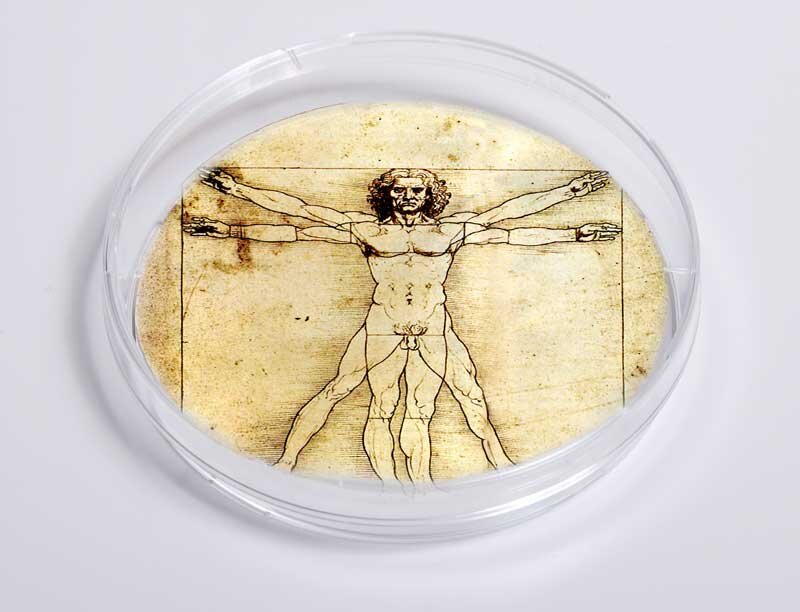In Vivo Veritas
Last night I had a nightmare, one that returns to terrify me from time to time. I’m laying on my back, somewhere in a sterile white room. The light is bright, but there are no windows. Except for a few people who seem to be lurking nearby, there’s no sign of any living thing around me. There’s no dirt, no weather, no animals, nothing. It all feels quite literally, senseless. I can scarcely feel my body, but there’s loud music coming from somewhere, pounding out a beat and growing louder with every moment. Anxiety rises in my belly and I try to flee, but suddenly, a giant sheet of transparent glass descends onto my face and body, pinning me to the floor. My breath is forced from my lungs and I look up to see a pair of giant eyeballs looking back at me, cold and clinical. I hear a distant voice recite a set of numbers, and the clicking of computer keys. Then, just as my life begins to leave me, I wake up, sweating and terrified but relieved and grateful to be back in my familiar bed.
It doesn’t take a dream analyst to figure this one out. My fear is obvious. Terrified of being isolated from the natural world and trapped under glass, my body rebels against the prospect of living in vitro. This, from the Latin “in glass,” is common terminology in the life sciences. In vitro studies are performed with microorganisms or cells outside their normal biological context, under glass or plastic. In vitro studies are the ultimate in isolation.
The metaphor for our modern lives is apt. Modern urban life is best described by the oxymoron, “in vitro living.” Isolated in our personal Petri dishes–cars, houses and workplaces–we live as individual units where we suffer until something in our minds, bodies or spirits breaks. We know we’re disconnected from the natural world, but we’re unable or unwilling to do anything about it. So we stew in our stress, our discontent and isolation. We might well imagine that some cosmic laboratory technician is observing us from afar, diligently recording data on how we perform under these artificial conditions. Quite obviously, our prognosis is grim.
Scientists who work with biological organisms know the importance of context. In vitro studies can sometimes yield interesting results, but there is no reason to suppose that what happens under glass is relevant to the real world. What happens in a Petri dish might be of value in a theoretical sense, but there’s no way to know until you put the organism back into its natural habitat. Thus the general rule for the life sciences: “Results obtained from in vitro experiments cannot extrapolated to predict the reaction of an entire organism in vivo.”
The solution for our distress, quite obviously, is to get out of our Petri dishes and rejoin the land of the living. Rejoin the land of dirt, habitat, plants, animals, sky, and water. This is where our bodies have normally functioned, for hundreds of thousands, even millions of years. And this is where we will ultimately find our health.
All of which is to say that we need to make our training and living in vivo, Latin for “within the living.” Life in the Petri dish is killing us and it’s also killing our future. Do we really want our 7th generation descendants to be living under glass?
This brings us the ideal tag line for natural movement enthusiasts and whole-life exuberants. For those who aspire to live completely, we make a play on the popular toast in vino veritas, (“in wine, truth”). Now we say in vivo veritas (“in a living thing, truth”).
So, when you raise a glass for a toast this holiday season, remember the context, the setting and the earth.
Happy New Year from Exuberant Animal! In vivo veritas!

